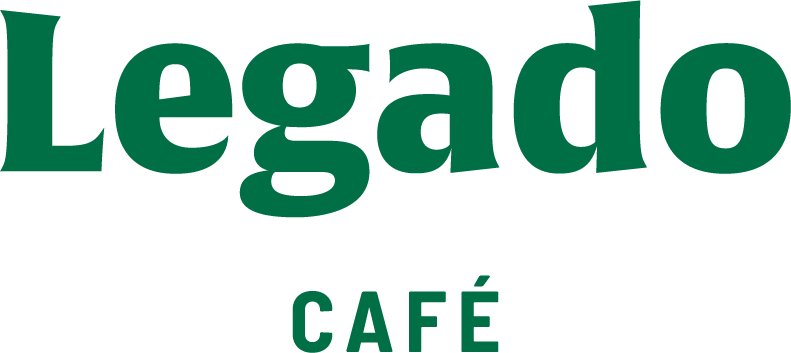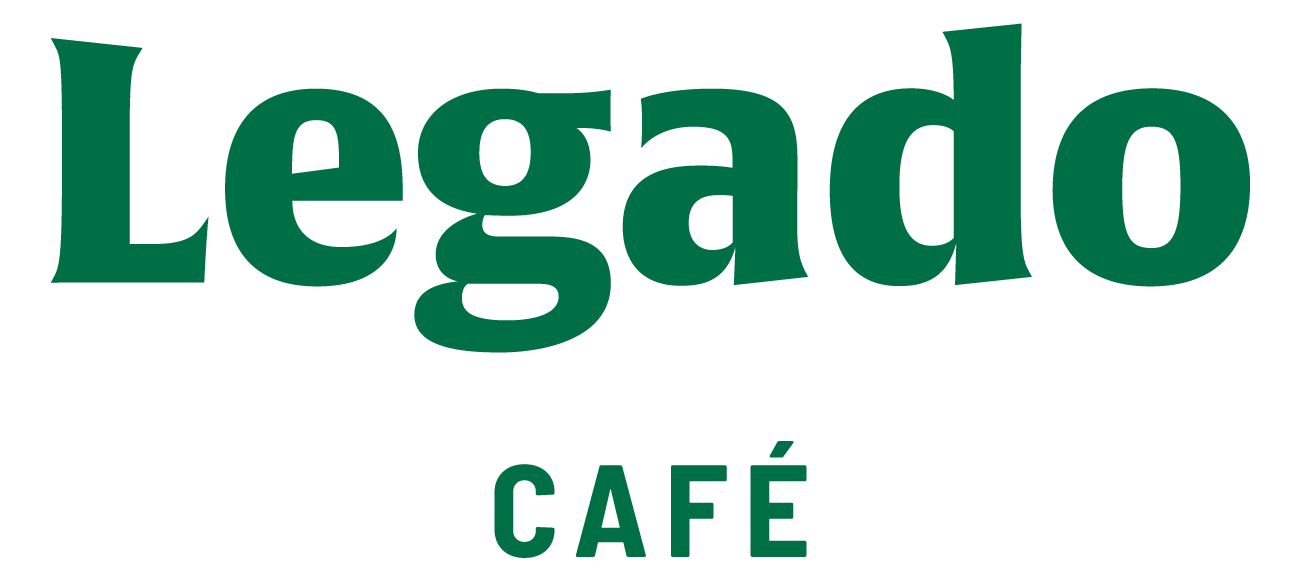You’ll need a few items to perform a bank reconciliation, including your bank statement, internal accounting records, and a record of any pending cash transactions (either inflows or outflows). Income from variable sources like interest and investment may be difficult to predict. As such, exact amounts may not be accurately included on financial statements before the reconciliation process. When the business receives its bank statement, it can use the final amounts of interest and investment income to make adjustments and reconcile its financial statements.
Step 3 of 3
Similarly, some checks credited to the ledger account will probably not have been processed by the bank prior to the bank statement date. Whatever method you prefer, it’s important to keep solid records of every transaction to reconcile your bank account properly. The Transaction Matching software utilizes AI to discover and configure matching rules, enabling automatic line-level transaction matching between different data sources.
Step one: Comparing your statements
If you want to prepare a bank reconciliation statement using either of these approaches, you can use the balance as per the cash book or balance as per the passbook as your starting point. The entries in the statement stop being the cause of discrepancies after a few days. The need and importance of a bank reconciliation statement are due to several factors. First, bank reconciliation statements provide a mechanism of internal control over cash.
However, as a business owner, it’s important to understand the reconciliation process. Once the balances are equal, businesses need to prepare journal entries to adjust the balance per books. Deposits in transit are amounts that are received and recorded by the business but are not yet recorded by the bank. We’ll take bookkeeping completely off your hands (and deal with the bank reconciliations too). You can do a bank reconciliation when you receive your statement at the end of the month or using your online banking data. Reconciling your bank statements won’t stop fraud, but it will let you know when it’s happened.
Review: What are bank reconciliations?
If you’ve fallen behind on your bookkeeping, use our catch up bookkeeping guide to get back on track (or hire us to do your catch up bookkeeping for you). If, on the other hand, you use cash basis accounting, then you record every transaction at the same time the bank does; there should be no discrepancy between your balance sheet and your bank statement. Any credit cards, PayPal accounts, or other accounts with business transactions should be reconciled. Nowadays, many companies use specialized accounting software in bank reconciliation to reduce the amount of work and adjustments required and to enable real-time updates.
As a result, the balance shown in the bank passbook would be more than the balance shown in your company’s cash book. When your business receives checks from its customers, these amounts are recorded immediately on the debit side of the cash book so the balance as per the cash book increases. However, there may be a situation where the bank credits your business account only when the checks are actually realised. When you compare the balance of your cash book with the balance showcased by your bank passbook, there is often a difference.
- There’s nothing harmful about outstanding checks/withdrawals or outstanding deposits/receipts, so long as you keep track of them.
- They can also be used to identify fraud before serious damage occurs and can prevent errors from compounding.
- The Substantiation software automates the reconciliation of general ledger and supporting balances.
- Hopefully you never lose any sleep worrying about fraud—but reconciling bank statements is one way you can make sure it isn’t happening.
Compare your personal transaction records to your most recent bank statement. First, make sure that all of the deposits listed on your bank statement are recorded in your personal record. If not, add the missing deposits to your records and your total account balance. Automating bank reconciliation can reduce the cost of processing and auditing. It can also save money by keeping a closer eye on the company’s finances and identifying any discrepancies or errors.
You need to determine the underlying reasons responsible for any mismatch between balance as per cash book and passbook before you record such changes in your books of accounts. Whereas, credit balance whats the relationship between iasb and fasb as the cash book indicates an overdraft or the excess amount withdrawn from your bank account over the amount deposited. This is also known as an unfavorable balance as per the cash book or an unfavorable balance as per the passbook. The debit balance as per the cash book refers to the deposits held in the bank, and is the credit balance as per the passbook.
As with deposits, take time to compare your personal records to the bank statement to ensure that every withdrawal, big or small, is accounted for on both records. If you’re missing transactions in your personal records, add them and deduct the amount from your balance. If you’re finding withdrawals that aren’t listed on the bank statement, do some investigation.


